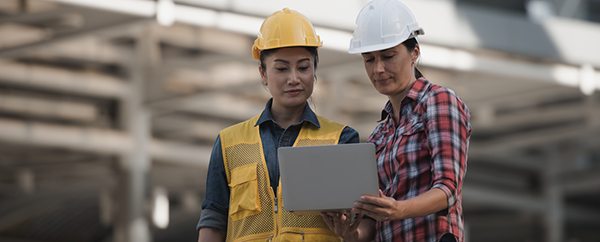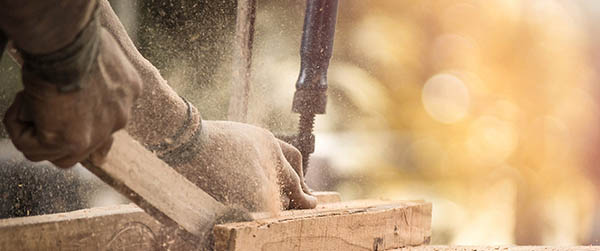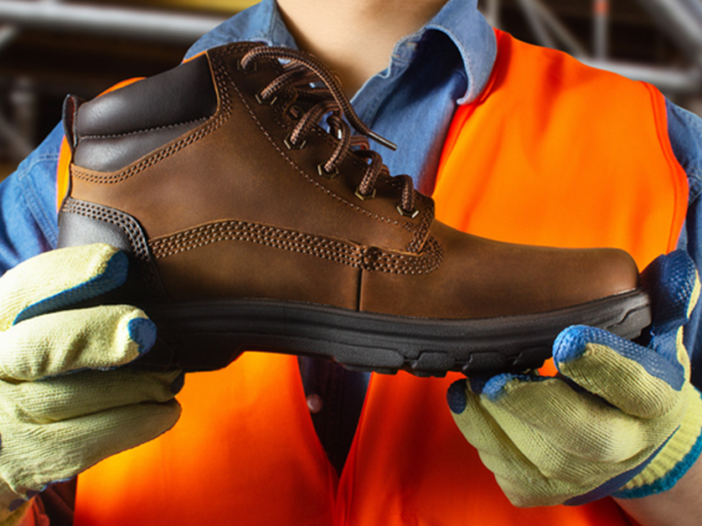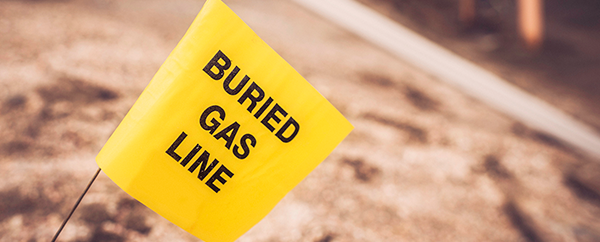Your hearing: Protect it or lose it Fireworks. Rock concerts. Headphones turned up full volume. All contribute significantly to hearing loss, but they’re also easily preventable. You simply choose not to be near them or use them. But what about hearing loss on the job from loud noises, like a drill, jackhammer or forklift for… Read More
workplace safety
How to protect outdoor workers from cold stress this winter
As a tribal employer, it’s imperative during the winter season that you stay aware of outside temperatures. This will help you better help gauge workers’ exposure to wind chill and prevent cold stress. You will also need to monitor workers’ physical condition during tasks, especially those who are not as used to working in the… Read More
Leading by Example: Building a Culture of Safety Leadership
The principle of building a culture of safety leadership can be applied to any industry and organization, regardless of the work being performed. The phrase was first coined by champion driver and safety advocate Jackie Stewart who stated, “it takes leadership to improve safety,” after many decades of accidents. Modern races employ various safety measures… Read More
On-the-job stretches to help construction workers prevent injuries
Prevent injury with these stretches for construction workers It’s no secret that construction workers hold probably the most grueling jobs in the nation. Injuries are unfortunately commonplace, from a sprained wrist or ankle, to a debilitating fall or even a fatality. Safety issues are a constant focus, including safety meetings, use of safety harnesses, equipment… Read More
Common respiratory hazards in the workplace
Breathe easy: What common respiratory hazards are at your workplace? We know that tobacco smoke and vaping are threats to pulmonary health. But commonplace occupations may present inhalant hazards without a worker even knowing. To protect the pulmonary health of your tribal workforce, it’s wise to take a closer look at your operations, adding appropriate… Read More
Foot safety in the workplace: Safety from the ground up
Walk this way to foot safety in the workplace Summer weather has arrived, and with it, sandals, flip-flops and other casual footwear. While more comfortable in hotter weather, these styles may not always be the safest choice for the workplace. Feet are often overlooked when it comes to anticipating potential injury, but the right footwear… Read More
Safe digging projects: Don’t dig yourself into a hole
Many projects require a shovel or other excavator – laying an irrigation system, installing a fence, landscaping, maintenance, and so on. While digging may seem like a fairly safe activity, pre-existing underground utility lines may pose hidden threats. According to the Common Ground Alliance, an underground utility line is damaged once every six minutes. This… Read More
Minimize COVID restaurant risks
Lessen COVID restaurant risks with these safety steps Operating a food service business already comes with certain risks, but during this pandemic, COVID restaurant risks are particularly heightened. Your coverage through Arrowhead’s Tribal program offers comprehensive property coverage; general, liquor and professional liability, plus workers’ benefits. Here are a few ways to help prevent COVID… Read More
Beyond face masks: Workplace Personal Protective Equipment
In the era of COVID-19, everyday safety essentials include face masks, gloves, hand sanitizer and other equipment that helps stop the spread of infection. While these are important materials in terms of the pandemic, workplace personal protective equipment, or PPE, goes a step further. Multiple workplace situations may require PPE. While 2020 has been the… Read More
Food safety during COVID-19
While not proven to be a primary channel of COVID-19 transmission, it’s important to remain vigilant regarding food safety, especially as restrictions ease and food retail industries slowly begin to resume operations. If the operations of your tribe or tribal enterprise include food retail of any kind, whether it’s lunch for a board meeting or… Read More










